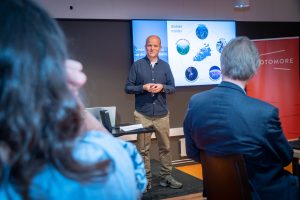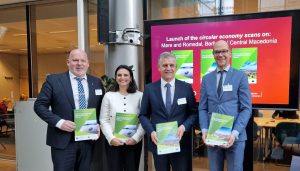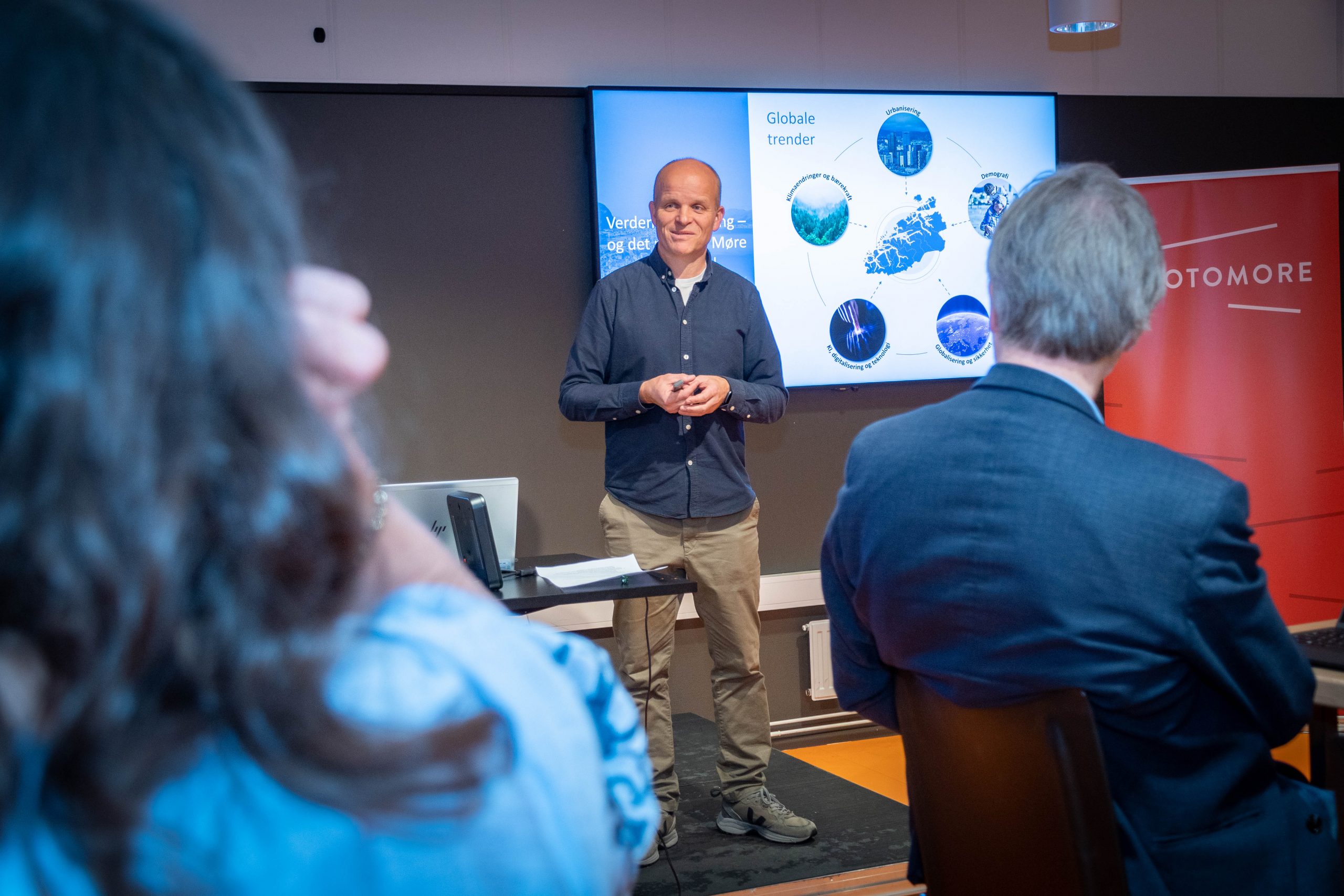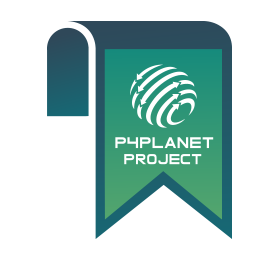Industrial symbiosis and industrial-urban symbiosis are emerging as a powerful tool for sustainability and climate neutrality, particularly in regions with significant industrial activity. In Møre and Romsdal County, Norway, initiatives are underway to foster collaboration between industries and communities, driving circularity and innovation. We spoke with project manager Martin Ose and international advisor Ingrid Gjelsvik from Møre and Romsdal County to understand their approach, challenges, and vision for industrial symbiosis in the region.
Q: What does industrial symbiosis mean in Møre and Romsdal, and how is it taking shape?
In recent years, we’ve seen a growing focus on circularity and sustainability, and industrial symbiosis has become a key part of this effort. It really gained momentum in 2022 with the Skaparkraft project, which initiated a comprehensive mapping study. This helped us identify innovation opportunities and areas where we could achieve the greatest impact.
Industrial symbiosis stood out because our region has a high concentration of industries that contribute significantly to emissions and pollution. We already have some successful examples in place, like the Grønn Hub Tjeldbergodden, where surplus heat from a methanol plant is sold to the nearby fish farming industry. Another example is Sirkulare Sunndal, an aluminium production hub that finds innovative uses for its by-products, such as supplying surplus water to private housing. And across the county, we’ve identified eight potential hubs for further industrial and industrial-urban symbiosis development.
Q: What role does the county municipality play in fostering industrial symbiosis?
Our role depends on each project, and evolves with the different stages of industrial symbiosis development. Overall, we act as an indirect facilitator, providing support and guidance while leaving the leadership of projects to the companies themselves. We take a broad view, helping start things and connecting the dots between various stakeholders and initiatives. We work closely with partners like Innovation Norway, academic institutions, and business incubators, who act as intermediaries between us and the companies.
Our support includes funding for projects, capacity-building programmes for businesses, and international cooperation through initiatives like Hubs4Circularity and Horizon Europe projects. Another critical area is education. High schools fall under our jurisdiction, so we’re actively developing skills training to prepare the workforce of tomorrow. We also use legislation to push businesses to be more sustainable.

Martin Ose presents the Skaparkraft mapping study. Photo: Per-Kristian Bratteng, Møre og Romsdal fylkeskommune
Q: How do citizens and the wider community fit into this vision?
While our primary focus has been on industry due to its significant environmental impact, we know that citizen engagement is essential for the success of any project. There are great examples of community involvement in our region. For instance, in Sunndal, a biogas project received substantial support from local citizens.
However, we’ve also seen the opposite. In one case, plans for a biogas plant using waste from farmers and land-based fish farms faced strong local opposition because the community wasn’t engaged early enough, leading to the project being relocated. This highlights the importance of involving the right groups from the start.
Q: What are the main challenges you’ve identified in implementing industrial symbiosis?
Some of our challenges are unique to Norway. A significant issue is our aging population and the resulting shortage of skilled workers, especially in industries like maritime. Post-COVID, we’ve struggled to bring back foreign workers we relied on in the past. We need to build capacity and develop the workforce of the future.
Another challenge is Norway’s position as member of the European Economic Area (EEA). This sometimes means that relevant legal frameworks are noticed too late, leaving businesses with little time to adapt. Many of our towns are small and they end up competing to attract businesses, which can lead to fragmentation rather than a unified vision for industrial symbiosis. Energy scarcity in our region is another issue, as it limits businesses’ ability to plan and innovate.
Oher challenges are more common, like a lack of urgency among some businesses to address sustainability, funding gaps that hinder the scaling of innovative projects, and capacity gaps in education and professional skills.

Launch of the OECD scan on circular transition. From left to right: Anders Riise, Oriana Romano, Kostas Gioutikas, Benjamin Bongardt.
Q: Based on your experience, what advice would you give to other regions embarking on this journey?
Mapping resource flows and understanding barriers and opportunities has been very valuable for us. It provides a solid foundation. I’d strongly recommend starting there.
Another key lesson is the importance of collaboration and trust among stakeholders. Public entities have many tools to facilitate this. Bringing the right actors to the table is critical, as is learning from others through international collaborations. There’s no need to reinvent the wheel.
Finally, we’ve found that bottom-up initiatives tend to work better. When companies have ownership of projects, they’re more motivated to sustain them in the long-term.
Are you interested in learning more about industrial-urban symbiosis and joining a community of like-minded professionals? We invite you to join the Hubs4Circularity Community of Practice, a free platform to share knowledge, tools and opportunities to progress together towards industrial and industrial-urban symbiosis and circular value chains. Sign up at www.h4c-community.eu.


